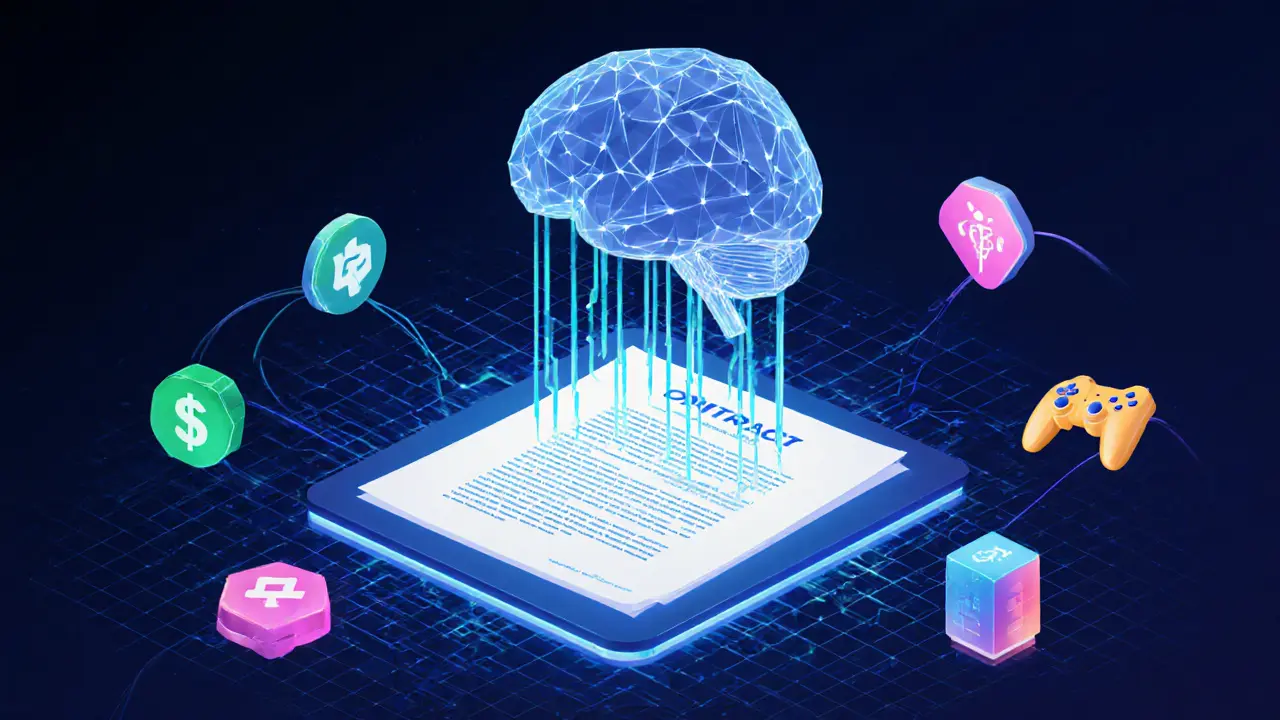Blockchain: Real‑World Use Cases & Core Concepts
When working with blockchain, a decentralized ledger that records transactions across many computers so the data cannot be altered retroactively. Also known as distributed ledger technology, it powers everything from crypto tokens to supply‑chain tracking. Another pillar is blockchain immutability, the guarantee that once data is written it cannot be changed without network consensus. This feature underpins trust in finance, voting and digital identity. A growing niche applies the same tech to personal health data: blockchain health records, secure, patient‑owned medical files that can be shared across providers while preserving privacy. Finally, the rise of proof‑of‑stake networks has made Ethereum staking, the process of locking ETH to help secure the chain and earn rewards a practical entry point for anyone wanting to earn passive income from blockchain infrastructure. Together these elements form a toolbox: immutability ensures data integrity, health‑record chains showcase real‑world impact, and staking lets users participate in network security. Understanding how they interlock helps you evaluate projects, from airdrops on Enjin’s blockchain to DeFi platforms leveraging IPFS for off‑chain storage.
Why Blockchain Matters Today
Every article on this page circles back to the idea that blockchain is more than a buzzword. It’s the foundation behind token airdrops like Space Misfits CROWN, the security model examined in exchange reviews, and the decentralized storage solution explained in our IPFS guide. When you read about the EU’s privacy‑coin ban, you’re seeing regulators reacting to the same immutable ledger that makes audits possible. The health‑record guide illustrates how hospitals can exchange patient data without a central authority, while the staking hardware post breaks down the exact CPU, RAM and network specs needed to run a validator node in 2025. Each piece shows a different slice of the ecosystem, but all share the same core principle: decentralized consensus creates trust without a middleman.
Below you’ll find a curated collection of posts that dive into these topics. Whether you’re looking for step‑by‑step tutorials on storing NFT metadata on IPFS, deep dives into exchange fee structures, or forward‑looking analysis of regulatory trends, the list is organized to let you jump straight to the insight you need. Use the filters to explore specific use cases or scan the headlines for the latest developments. The goal is to give you a practical launchpad for building smarter strategies on any blockchain‑based project.

Learn how NFTs give creators true ownership and generate automatic royalties on every resale. Get step‑by‑step setup tips, compare to traditional licensing, and see what challenges lie ahead.
- Read More
- Oct, 14 2025



